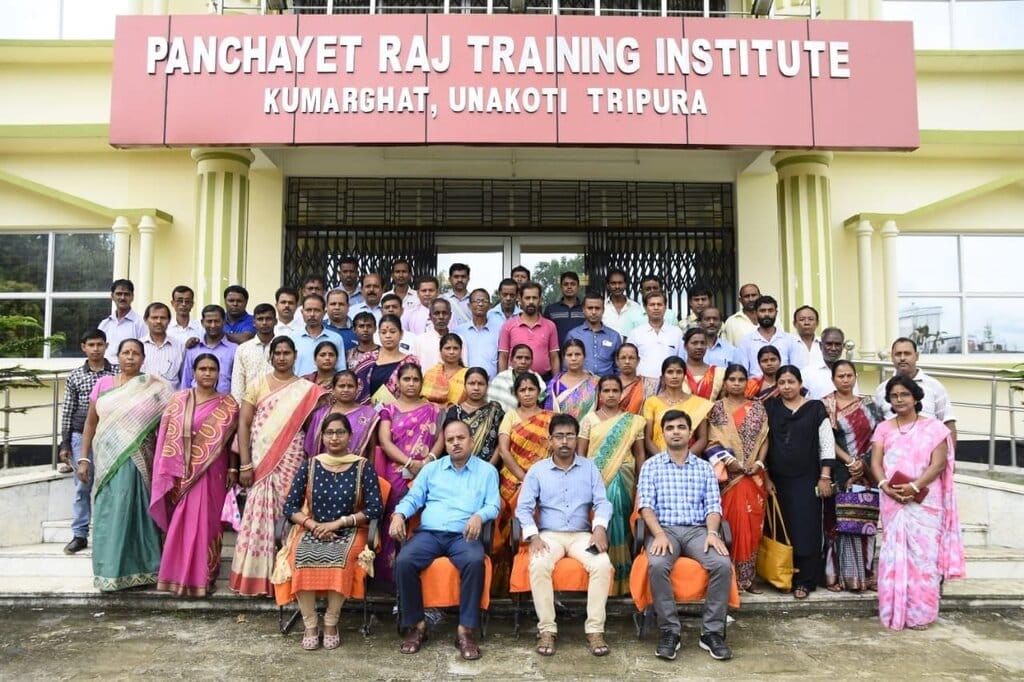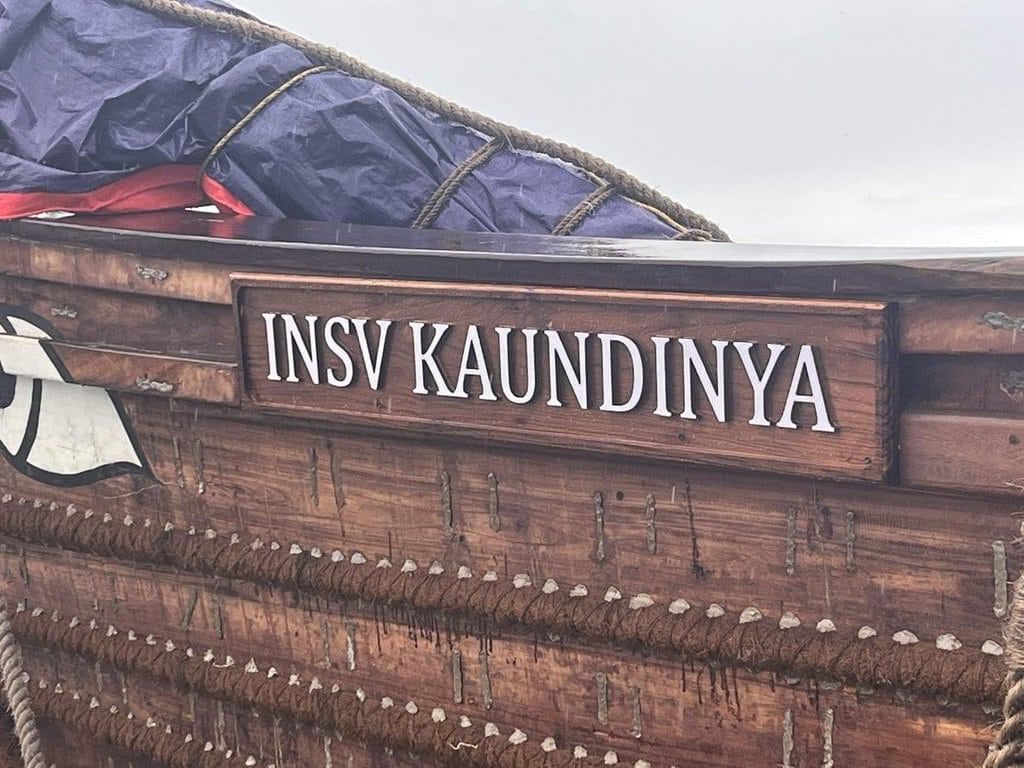PIB Summary - 22nd May, 2025 | PIB (Press Information Bureau) Summary - UPSC PDF Download
Kamalpur Nagar Panchayat, Tripura – Key Sustainability Initiative

Introduction of Compostable PBAT Bags in Kamalpur, Tripura
- PBAT (Polybutylene Adipate Terephthalate) bags have been introduced in Kamalpur, Tripura, as part of the Swachh Bharat Mission to combat single-use plastic and promote sustainable urban living.
- These bags are biodegradable, chemical-free, and decompose within 180 days, unlike traditional plastic which takes centuries to break down.
Certification and Affordability
- The PBAT bags have been certified by the Central Institute of Petrochemicals Engineering and Technology (CIPET) for their compostability and biodegradability.
- In terms of pricing, these bags are affordable with a wholesale price of ₹145 per kg and a retail price of ₹160 per kg.
Community Engagement and Awareness
- The initiative encourages citizens to adopt eco-friendly bags and promotes responsible waste practices to create a plastic-free environment.
- The broader framework of the Swachh Bharat Mission – Urban (SBM-U) focuses on the RRR model (Reuse, Recycling, Recovery) to strengthen the circular economy and combat single-use plastic.
Other Model Interventions Across India
- Trichy, Tamil Nadu: Market-Level SUP Elimination Targeted 220 vendors in local farmer markets to reduce single-use plastic by promoting cloth bags.
- Kedarnath & Char Dham: Digital Deposit Refund System (DRS) Implemented a ₹10 deposit on plastic bottles and multilayered plastics (MLPs) tracked via QR codes, incentivizing their return at Reverse Vending Machines.
- Andaman & Nicobar: Plastic Milk Pouch Buy-Back Initiated a program to return used plastic milk pouches for rewards, fostering sustainable habits and collecting pouches for milk distribution.
- Patiala, Punjab: Plastic Recycling Facility (PRF) Established a facility that converts multilayered plastics into eco-friendly chipboards, supporting resource efficiency and landfill reduction.
Conclusion: Towards a Plastic-Free India
- The movement towards plastic waste management is evolving into a multi-stakeholder effort with an emphasis on the circular economy, innovation, and behavioral change.
- Urban Local Bodies like Kamalpur are setting replicable grassroots models, contributing to the goal of a plastic-free India.
TRADITIONALLY BUILT ‘ANCIENT STITCHED SHIP’ INDUCTED INTO THE INDIAN NAVY AS INSV KAUNDINYA

INSV Kaundinya: Reviving India's Maritime Heritage
Context:INSV Kaundinya, a traditional stitched sail ship, was formally inducted into the Indian Navy on 21 May 2025 at the Karwar Naval Base. The ship is named after Sage Kaundinya, a legendary Indian mariner known for his voyages to Southeast Asia. The vessel is modeled after a 5th-century CE ship depicted in the murals of the Ajanta Caves, showcasing India’s rich maritime history.
Relevance: The topic is relevant to GS Paper 1 (Culture and History) and GS Paper 3 (Technology).
Sage Kaundinya: A Legendary Mariner
- Sage Kaundinya is believed to have sailed across the Indian Ocean to Southeast Asia around the early centuries CE.
- He is credited with founding the ancient kingdom of Funan, located in present-day Cambodia, and marrying Queen Soma, a local Naga princess.
- His journey signifies India’s early maritime trade, navigation prowess, and cultural exchange with Southeast Asia.
Collaborative Project for Maritime Heritage
- In July 2023, a tripartite agreement was signed between the Ministry of Culture, the Indian Navy, and M/s Hodi Innovations to revive India’s traditional shipbuilding heritage.
- The project is funded by the Ministry of Culture and aims to bring back ancient shipbuilding techniques and practices.
Traditional Shipbuilding Techniques
- The construction of the ship was led by Shri Babu Sankaran, a master shipwright from Kerala, along with a team of skilled artisans.
- The hull of the ship was made using traditional methods, including stitched wooden planks held together with coir ropes, coconut fiber, and natural resin.
- The ship was launched in February 2025 at Goa, marking a significant step in reviving traditional shipbuilding practices.
Role of the Indian Navy
- The Indian Navy played a crucial role in overseeing the design, technical validation, and construction of the ship.
- Without any existing blueprints, the Navy relied on iconography from the Ajanta caves and hydrodynamic model testing conducted at IIT Madras to ensure historical accuracy and seaworthiness.
Cultural Symbolism in Ship Design
- The sails of INSV Kaundinya feature symbols such as the Gandabherunda, a mythical double-headed bird, and a sun motif, reflecting India’s rich cultural heritage.
- The bow of the ship is adorned with a sculpted Simha Yali, a mythical lion-like creature, while the deck displays a Harappan-style stone anchor, further emphasizing India’s ancient maritime ethos.
Future Mission and Cultural Significance
- INSV Kaundinya is not just a ship but a symbol of India’s maritime heritage, trade history, and cultural exchanges.
- Based at Karwar and inducted as an Indian Naval Sailing Vessel, the ship is set to undertake a transoceanic voyage later in 2025, recreating ancient trade routes from Gujarat to Oman.
Conclusion
- INSV Kaundinya represents a revival of India’s shipbuilding traditions, blending history, craftsmanship, naval engineering, and cultural revival.
- The project enhances India’s efforts to preserve and showcase its maritime heritage on a global scale, reflecting the country’s rich history and expertise in shipbuilding and navigation.
FAQs on PIB Summary - 22nd May, 2025 - PIB (Press Information Bureau) Summary - UPSC
| 1. What is INSV Kaundinya and why is it significant? |  |
| 2. How does INSV Kaundinya contribute to sustainability initiatives in Kamalpur Nagar Panchayat? |  |
| 3. What materials and techniques were used in the construction of INSV Kaundinya? |  |
| 4. How does the revival of ancient stitched ships like INSV Kaundinya benefit local communities? |  |
| 5. What role does the Indian Navy play in preserving maritime heritage through initiatives like INSV Kaundinya? |  |





















